Inference as Infrastructure: Powering the Next Era of AI
Artificial Intelligence has evolved beyond experimentation and research. In 2025, AI is now an operational backbone of modern businesses. As organizations deploy machine learning models at scale, inference — the process of running AI models to generate predictions — has become critical infrastructure.
This evolution, often referred to as “Inference as Infrastructure,” represents the shift from AI as an experimental tool to AI as a fundamental service powering products, industries, and customer experiences.
What Is Inference as Infrastructure?
Inference as Infrastructure refers to the concept of treating AI inference — the stage where trained models generate outputs — as a core part of technology infrastructure, much like storage, networking, or computing.
Instead of being limited to lab environments, inference now needs to operate continuously, reliably, and at massive scale across cloud, edge, and hybrid systems. It powers real-time decision-making in areas such as autonomous vehicles, predictive maintenance, customer support, and smart manufacturing.
Why Inference Matters More Than Ever
- AI Is Moving from Training to Deployment
The focus of AI has shifted from model creation to real-world application. Businesses now prioritize inference performance, latency, and scalability to deliver instant intelligence in production environments. - Demand for Real-Time Processing
From chatbots to industrial automation, AI models must deliver results instantly. Inference infrastructure ensures low-latency responses that enable seamless, data-driven operations. - Cost Efficiency and Optimization
Large-scale AI deployments require efficient hardware utilization. Optimizing inference helps organizations control operational costs while maximizing throughput. - Edge Computing Integration
With the rise of IoT and 5G, inference is happening closer to data sources. Deploying models on the edge reduces latency and improves responsiveness for time-sensitive applications. - AI Democratization
Cloud providers and AI platforms are offering inference as a service, making it easier for businesses of all sizes to integrate AI into their workflows without managing complex infrastructure.
Building Scalable Inference Infrastructure
To fully leverage the power of AI, organizations must treat inference as a first-class infrastructure component. Here’s how they can achieve it:
- Adopt Specialized Hardware: Use GPUs, TPUs, and AI accelerators optimized for inference workloads.
- Implement MLOps Practices: Automate deployment, monitoring, and scaling of models.
- Use Edge and Cloud Synergy: Balance workloads between cloud-based inference and edge processing.
- Optimize Models for Performance: Apply techniques like quantization and pruning to reduce inference time.
- Monitor and Maintain: Continuously track inference performance to ensure consistency and reliability.
Real-World Applications of Inference as Infrastructure
- Autonomous Systems: Real-time decision-making in robotics, drones, and vehicles.
- Healthcare: AI-assisted diagnostics and patient monitoring powered by inference engines.
- Finance: Instant fraud detection and algorithmic trading systems.
- Manufacturing: Predictive analytics and process automation in smart factories.
- Customer Service: AI-driven virtual agents that respond with precision and context-awareness.
Pure Technology’s Vision for Scalable AI
At Pure Technology, we view Inference as Infrastructure as the foundation for the next generation of intelligent systems. By integrating AI inference capabilities into digital ecosystems, organizations can unlock unprecedented efficiency, reliability, and innovation.
Our solutions are designed to help businesses deploy and manage AI models seamlessly across cloud and edge environments — enabling them to scale intelligence with infrastructure-level precision.
Conclusion
As AI continues to evolve, inference will define its real-world impact. Businesses that adopt Inference as Infrastructure today will lead tomorrow’s data-driven economy.
The future of AI is not just about smarter models — it’s about smarter infrastructure that delivers intelligence everywhere, instantly, and reliably.
Call us for a professional consultation




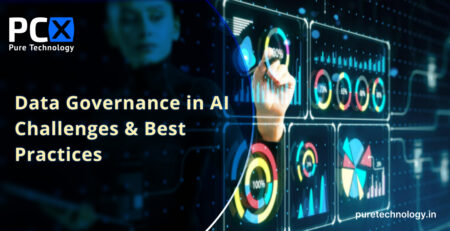
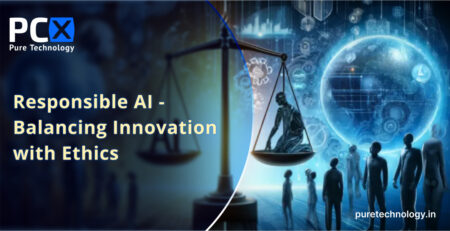


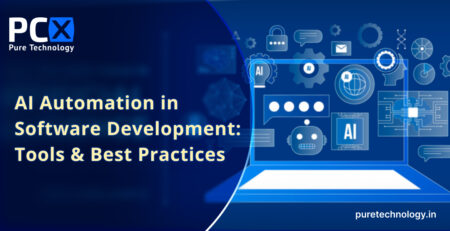
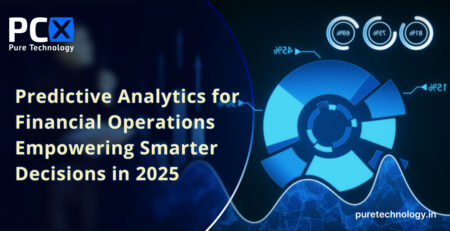

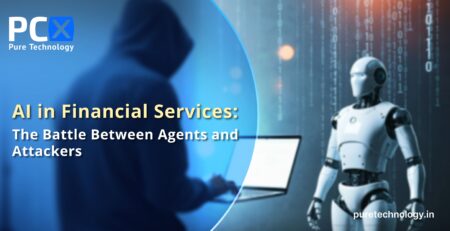
Leave a Reply